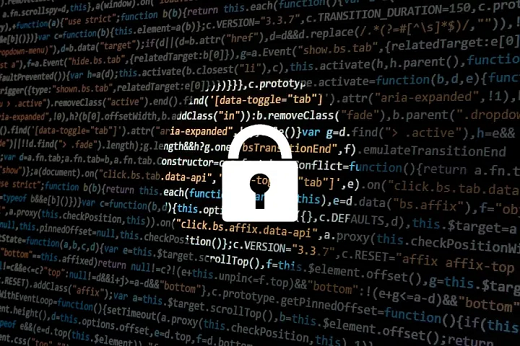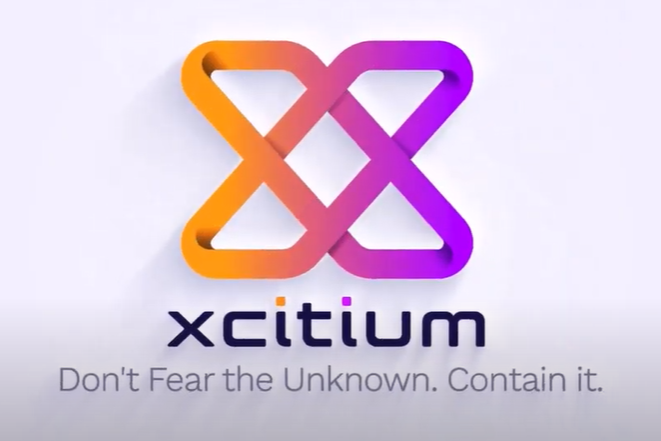WHAT IS EDR CYBERSECURITY?
Addressing EDR cybersecurity incidents is an important aspect of cyber defense. Having the right tools is necessary to quickly and effectively contain a threat and eliminate it from your network.
The key objective of any incident remediation plan is to resume operations as soon as possible so the business can continue doing revenue-creating activities. While your team can always investigate the incident right away and accurately, your top priority should be your core business.
However, doing a precise analysis of your threats is still ideal as it can help improve your cybersecurity posture in the long term. That’s why it’s recommended to use a suitable cybersecurity tool that can cover the threat analysis task. What tool do we mean? An EDR cybersecurity solution!
DETAILED INVESTIGATION OF EDR CYBERSECURITY
When addressing an EDR cybersecurity incident, you must ensure quick access to event information and user activity details. This is the only way to figure out which systems and endpoints were hit by a cyberattack or which parts did the attacker access.
If an organization fails to understand the full scope of an incident, the remediation effort may not be able to eradicate an attacker’s foothold in the environment. It might also be easy for the attacker to regain access if underlying vulnerabilities remain unaddressed. This emphasizes the importance of conducting a thorough and detailed investigation.

What information is relevant to recovery? Here are some of them:
- Malware-infected systems or tools
- Endpoints that were accessed during the incident
- The location of malware or tools, as well as all metadata
- Accounts that have been compromised (those responsible for malware execution)
- Vulnerabilities in the application that resulted in the incident
- Other parts of the system that should be cleaned or removed
Following the initial scoping phase of the incident, the information gathered during your investigation will assist you in identifying what needs to be remediated or eliminated from your environment. This will enable EDR cybersecurity to establish your remediation plan. Once this is clear and you have the required tools, you’re good to go. Just remember to take into account both the short- and long-term effects of elimination.
In the short term, EDR cybersecurity is important to prevent the threat from spreading and compromising other data. Meanwhile, the long-term challenge is to guarantee that a similar threat will not come again in the future or if this is not possible, at least ensure that it doesn’t have any negative effect on the network. Only in this manner can long-term cybersecurity be optimized.
STEPS TO FOLLOW WHEN EDR CYBERSECURITY ATTACK OCCURS
Short-term EDR Cybersecurity Strategy: Eradicate the Vulnerabilities
You must take a number of actions as soon as a threat is detected. Some of the options available are:
Quarantining a device (such as a computer) from the system
Gathering key system artifacts for analysis
Temporarily suspending a user account until longer-term controls can be applied
These activities, of course, are not part of normal business operations. Nonetheless, your cybersecurity team should be able to regularly practice the following tasks, such as in a simulated emergency:
- Put a system quarantine in place
- End a malicious process that is currently running
- Malware persistence mechanisms should be eliminated (such as in the registry)
- Distribute out-of-band patches in critical situations
The list goes on depending on your preference. These examples are only intended to get you thinking about which tasks you’ll need to perform in a crisis and which should be practiced on a regular basis.
Long-term EDR Cybersecurity Strategy: Boost Your Defense
Alongside your short-term remediation tasks, it is equally vital to develop and begin implementing long-term changes to mitigate the risk of having the same incident in the future. These may involve reducing the time it takes to patch vulnerable systems as well as employing a comprehensive approach to detection, investigation, and response – for instance, using a EDR cybersecurity tool.
When EDR cybersecurity measures fail during an attack, the response process is crucial, but there is much more to be done even before a cyberattack occurs. For example, you should review your patch strategies on a regular basis. Take a look at these metrics:
- The time it takes to complete an investigation from start to finish
- The time it takes to implement a remediation approach across all endpoints
- Measures that take the most time and are the most difficult to implement
- New exposure rate as a result of incomplete or failed remedial actions
- Several endpoints or technology stacks needed to fix the issue
There’s definitely a lot of work involved when addressing a cybersecurity incident. Does your current EDR cybersecurity provide you with a quick response to detect threats? Or does it go beyond that and give you the investigative visibility you need?
Xcitium offers an EDR cybersecurity solution that closes the gap between detection and response. Through this, a continuous cybersecurity process is ensured while reacting efficiently and effectively.

